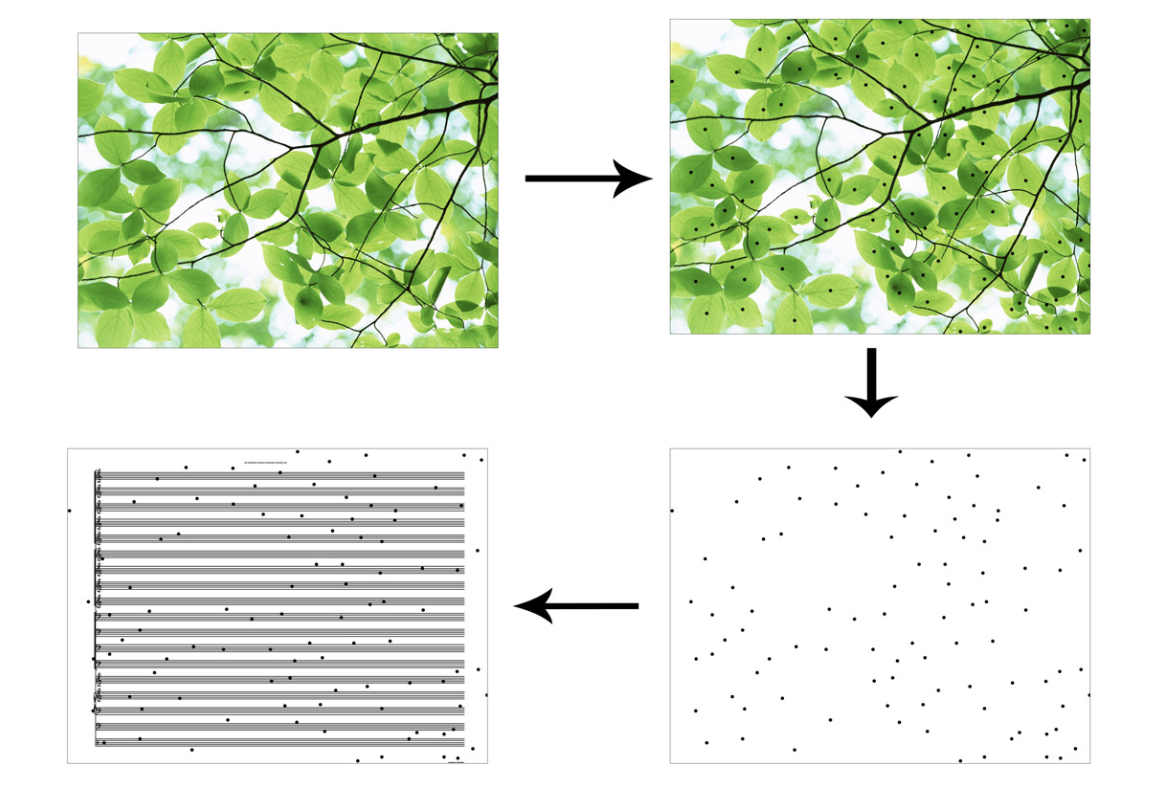Space scores︎︎︎
A collection of musical graphic scores referencing number-form synaesthesia, specifically a newly identified sub-type known as magnitudal-spatial synaesthesia, as reported by Gertner, Arend, and Henik in Volume 13 of the International Quarterly of Cognitive Science, suggesting a form of synaesthesia that involves not only discrete, ordered, meaningful symbols (ie numbers is a straight line etc) but also non-symbolic magnitudes (ie sizes, length, clusters, luminance etc)
These images have been collected in Palermo Sicily, Favignana Sicily, San Sebastian Basque/Spain, Lisbon Portugal, Bergen Norway, London, England and Berlin Germany between 2011 & 2013 as part of the Opensound project and are considered ‘Space Scores’.
They are presented as examples of ‘non-symbolic magnitudes’, sitting in line with a well heeled tradition of graphical musical scores, and a selection of these scores are currently being sonified by various artists.
This opening image in the series gives an insight as to how they are perceived :
![]()
These images have been collected in Palermo Sicily, Favignana Sicily, San Sebastian Basque/Spain, Lisbon Portugal, Bergen Norway, London, England and Berlin Germany between 2011 & 2013 as part of the Opensound project and are considered ‘Space Scores’.
They are presented as examples of ‘non-symbolic magnitudes’, sitting in line with a well heeled tradition of graphical musical scores, and a selection of these scores are currently being sonified by various artists.
This opening image in the series gives an insight as to how they are perceived :







